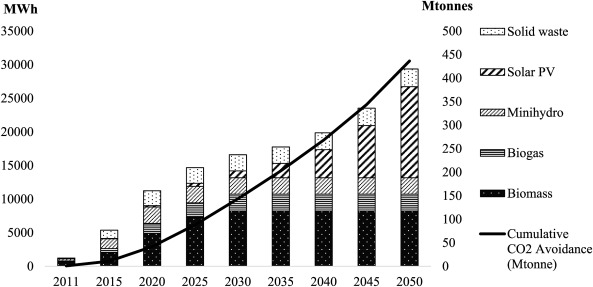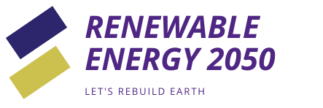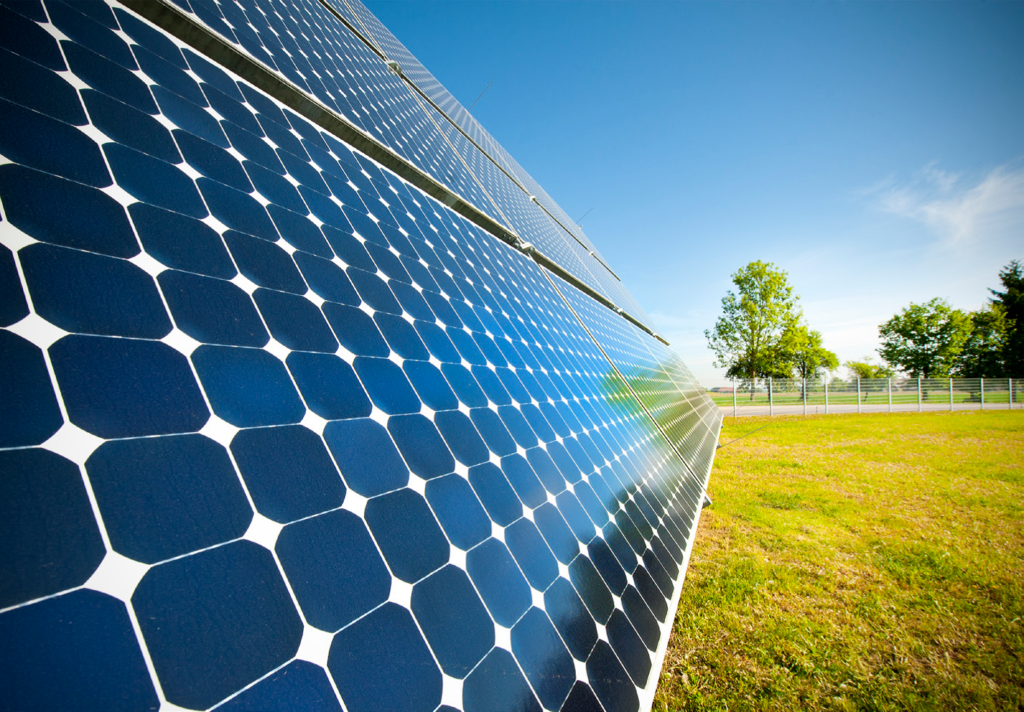As per the study of Sabrina Yong, our analyst in Malaysia, Malaysia has many renewable energy sources that can be developed, such as solar, wind, biomass, hydroelectric, geothermal, and tidal wave. Solar energy has been one of the emerging technologies in the renewable energy industry for Malaysia. One of the rapidly increasing technologies in Malaysia in the renewable energy industry is the net energy metering (NEM) of the solar photovoltaic system. Together with the launch of the Solar Lease concept of Malaysia’s Renewable Energy Supply Agreement (SARE), the NEM solar system will reach another level of success in Malaysia.
From 2% to 20%: Accelerating the development of renewable energy in Malaysia
The Malaysia Power Plan began in 1966, with the first wave focused on providing an adequate supply of energy and water. Since then, there have been several stages of that plan, which addresses various energy challenges for the country in response to internal and global influences and challenges.
Renewable energy begins to enter the scene during Malaysia’s sixth and seventh plan of the years 1991-2000. During the Sixth Plan, Malaysia focused on ensuring an adequate and reliable electricity supply, taking advantage of its indigenous resources and considering the effects of power generation on the environment. This resulted in a switch to natural gas as the primary fuel for power generation, which is slightly cleaner than oil. The Seventh Plan revolved around sustainable development and began the country’s focus on the deployment of renewable energy sources in addition to established hydropower.
Fast forward to the Ninth Plan, the target of 5% RE (excluding hydropower) in the energy mix was established between 2006-2010. In 2010, Malaysia’s National Renewable Energy Policy was launched, setting an 11% target for energy from renewable sources by 2020. In 2011, Malaysia enforced the Renewable Energy Act, which introduced the tariff system of power with an installed capacity cap until 2030. The Malaysian Sustainable Energy Development Authority (SEDA) was also established to regulate the FiT system and ensure effective generation, purchase and distribution of energy from renewable sources. The ER absorption targets of the Malaysia Plans remain unmet, as well as the target set in the National Renewable Energy Policy, despite the application of FiT, as the current ER penetration is only 2%.
Barriers to RE development in Malaysia
Unlike other nations where policies to support RE development are lacking, Malaysia has been issuing RE support plans and policies for the past two decades. The challenges for the development of renewable energy can be classified under technical and economic or commercial barriers.
Technical barriers refer to the availability of renewable energy sources that can generate energy in a cost-competitive way, given current technology. Malaysia has a lower wind potential compared to other countries; therefore, low speed wind turbines are required, but this technology remains in its prototype stage and costs significantly compared to the amount of power it can generate. Wan Shakyrah et al. (2019) also noted that RE’s integrated biogas and battery storage system is still in its early stages and will require ongoing research and pilot study before full deployment in Malaysia. Among renewable energy technologies, solar energy has been the most promising due to the vast solar potential of the country.
When Malaysia sets the target for renewables, the cost of these new renewable energy technologies (solar, wind, biomass) is considerably high and they are not competitive with fossil fuel generation, especially since the fuel (specifically gas) is heavily subsidized by the government. . However, the cost of renewable energy has decreased in recent years and continues to decline and become cost competitive with fossil fuels. The country will require substantial investments of up to US $ 8 billion to achieve its 20% renewable energy target by 2025.
Malaysia’s current renewable energy target
As reported by the energy bit, Malaysia’s current renewable energy target is 20% renewable energy penetration by 2025. This is an ambitious feat considering the 2019 share of renewable energy is only 2%. Previous news and reports mentioned that the deadline is 2030. However, recent announcements by Yeo Yee Bin (Malaysia’s Minister of Energy, Science, Technology, Environment and Climate Change) confirmed that the deadline is 2025, and the Government had a number of strategies to facilitate this rapid and massive adoption of RE.

Source: Studies and Projections from Science Direct shows the estimated growth and targets in renewable energy aiming at reduction of carbon emissions by 2050.

